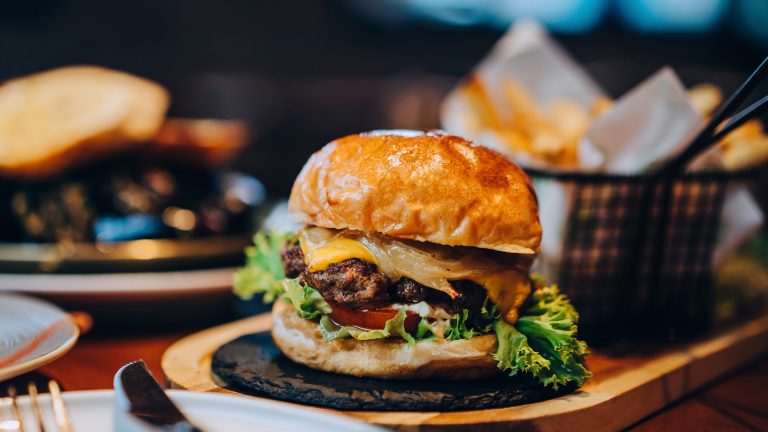Caviar is having a moment. Not that it ever really went away, but these days, the luxurious, salty, briny fish eggs can be found all over your social media pages, scooped onto chicken nuggets by food influencers or served on top of giant mozzarella sticks at trendy restaurants. But despite its seeming ubiquitousness, caviar is not cheap. A small tin of good quality caviar can easily run you over $100.
But there’s a lot that goes into what makes caviar so expensive. Caviar comes from female sturgeon fish (eggs that come from other types of fish, like salmon and whitefish, may also be eaten, but they are considered roe instead of caviar). There are several species of sturgeon, but regardless of the type of fish it comes from — American, white, Oscietra, Sevruga, or Siberian — caviar is graded A or B (sometimes referred to as grades 1 and 2) depending on the quality of the eggs that come from each individual fish.
It stands to reason that grade A or grade 1 caviar is higher quality and generally costs more than grade B or grade 2, but what exactly does that mean? Broadly, grade A caviar is extremely fresh — the best kind of caviar you can buy — while grade B caviar is still high quality but not quite as perfect as grade A.
What is grade A caviar?
There are several qualities on which caviar is graded: egg size, color, maturity, firmness, taste, and more. In general, grade A caviar is large and firm in texture, and the eggs are quite uniform in size. The smell, look, and taste are as fresh as it gets. Grade A caviar will have a mild scent similar to the ocean and may be lighter in color with a brownish tint as opposed to gray or black, which often means that the eggs come from a more mature fish.
The type of sturgeon the caviar comes from can determine the quality of the product; many consider beluga caviar to be the best in the world. However, beluga caviar is almost impossible to find in the U.S. White sturgeon, which is from California, is a great option for high quality caviar that doesn’t have to be imported, meaning it’s often less expensive. Some brands of caviar generally recognized as reliable in the U.S. are Petrossian, Paramount, Marky’s, and Browne Trading Company.
What is grade B caviar?
Grade B caviar also comes from sturgeon — it wouldn’t be caviar if it didn’t — and any type of sturgeon may produce grade B caviar; it’s all about the quality of the eggs from the specific fish. While grade B caviar is less perfect in certain areas than grade A caviar, it’s still absolutely safe to eat and can be very delicious.
Grade B eggs may be slightly smaller than grade A and not as uniform in size, and there may be broken eggs or a texture that makes it clear that they’ve split open and are sort of running into each other. The eggs may be a little more fragile than those in grade A caviar, with skin that sort of melts away instead of staying intact and requiring more bite. Grade B caviar may also smell fishier than grade A.
Within reputable caviar brands, you can find different grades of caviar available at different price points. Sometimes, tins aren’t labeled grade A or grade B. For example, both Petrossian Royal Ossetra Caviar and Petrossian Special Reserve Ossetra Caviar come from the same species of fish and have the same countries of origin, however, the Royal is $129 for 30 grams, while the Special Reserve is $409 for 30 grams. There’s nothing wrong with the Royal Ossetra Caviar — it’s simply not quite the same level of quality as the Special Reserve.
When to use grade A vs grade B caviar
Because grade A caviar’s taste and texture is second to none, it’s best put to use in situations where caviar is the star. If caviar is the center of an appetizer platter with blinis, potato chips, some crème fraîche, and chives, for example, the best choice is grade A caviar. It also works great as a topper for pasta dishes, fancy cheese, potato pancakes, or paired with steak. And don’t forget to eat your caviar with a bougie mother of pearl spoon.
Now, you could choose grade B caviar in these situations simply because it better suits your budget, and that would be just fine. But in a high quality restaurant, it’s more likely that grade B caviar is going to be used in cooking — as an element of a sauce, for instance. Additionally, if you’re purchasing caviar to experiment with by slapping it on things like chicken nuggets, ice cream, or hot dogs, you might want to opt for a cheaper tin of grade B eggs so that it’s less financially painful if your experiment doesn’t work out.








